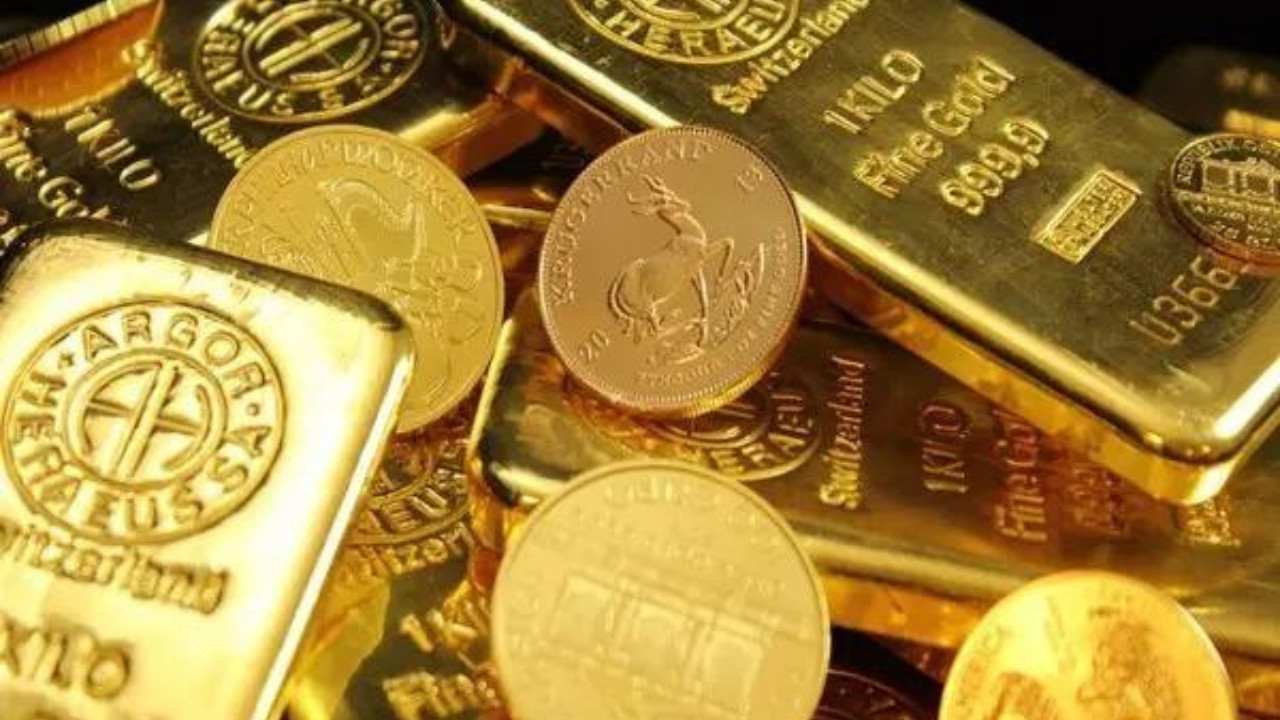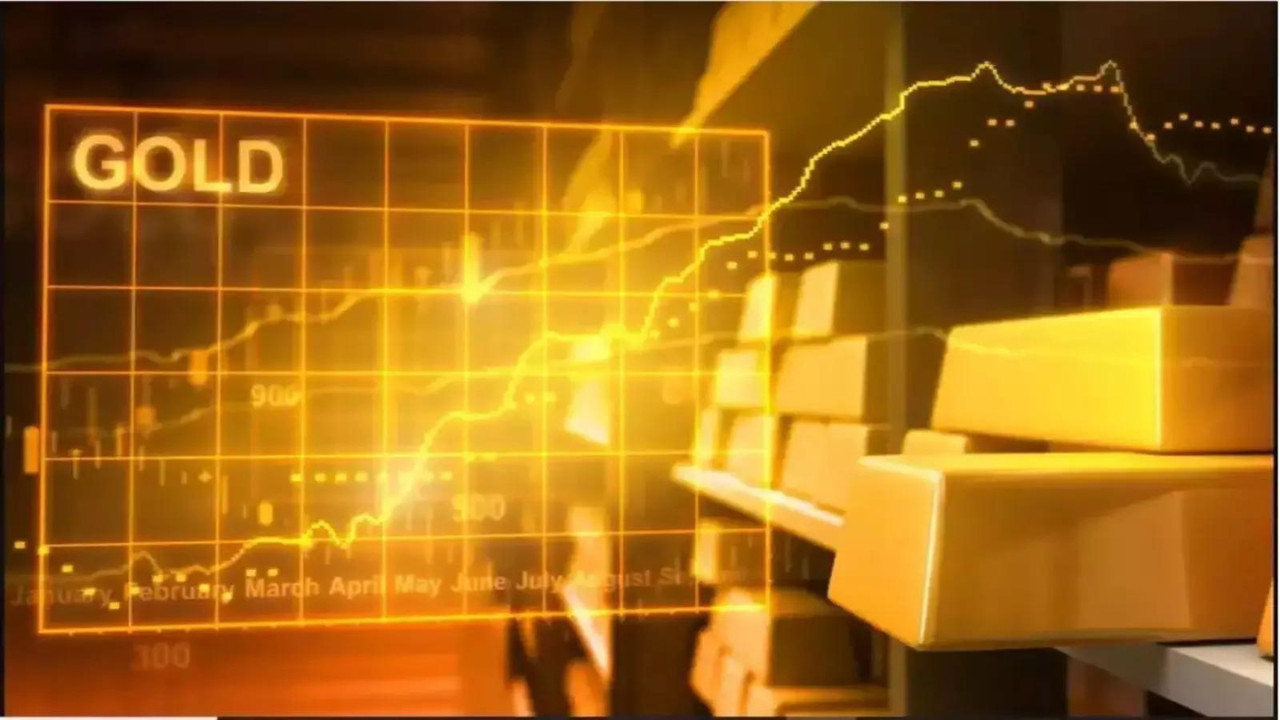Gold futures reached record highs as expectations of a US Federal Reserve rate cut and a weaker dollar fueled safe-haven buying. MCX October contracts hit Rs 1,10,563 per 10 grams, while December contracts climbed to Rs 1,11,655. Market participants await the Fed’s policy meeting and monitor geopolitical tensions, influencing gold’s upward trajectory.
Gold Rush: Are We Witnessing History in the Making?
Gold. The word conjures images of ancient empires, pirate treasure, and Fort Knox. For millennia, it’s been the ultimate store of value, a haven in times of uncertainty. And right now, the gold market is sending signals that are hard to ignore. Recently, MCX gold futures in India have surged past ₹73,000 per 10 grams, a new peak that has investors and economists alike buzzing. But what’s driving this frenzy, and is this just the beginning of an even bigger gold price rally?
Factors Fueling the Fire Under Gold Prices
Several factors are converging to create this perfect storm for gold. One of the biggest is the shifting landscape of global monetary policy. The U.S. Federal Reserve, after a period of aggressive interest rate hikes to combat inflation, is now widely anticipated to begin cutting rates. Lower interest rates typically weaken the dollar, making gold, which is priced in dollars, more attractive to investors holding other currencies. It’s a classic case of supply and demand; a weaker dollar increases demand for gold, pushing prices upward.

But the Fed’s potential policy shift is just one piece of the puzzle. Global economic uncertainty is also playing a significant role. From geopolitical tensions to concerns about slowing growth in major economies, there’s a palpable sense of unease in the air. In times like these, investors often flock to safe-haven assets like gold, seeking a refuge from the storm. This increased demand further supports higher gold prices.
Another element in the mix is persistent inflation. While inflation has cooled somewhat from its peak, it remains above central banks’ target levels. Gold is often seen as a hedge against inflation, as its value tends to hold up (and sometimes even increase) during periods of rising prices. This perception further bolsters its appeal as an investment. You can read more about precious metals and their role in investment diversification on our dedicated resources page.
Finally, the weakening dollar itself is a self-reinforcing factor. As the dollar loses strength, gold becomes cheaper for international buyers, leading to increased demand and further upward pressure on prices. It’s a virtuous cycle (for gold bugs, at least) that could continue for some time.
Is This a Bubble? A Word of Caution
While the outlook for gold may seem rosy, it’s important to approach the market with a healthy dose of caution. Sharp price increases can sometimes be indicative of a speculative bubble, where prices become detached from underlying fundamentals. It’s crucial to remember that past performance is not indicative of future results, and investing in gold, like any other asset, carries risk.
Investors should carefully consider their own risk tolerance and investment objectives before making any decisions. Diversification is key, and it’s generally wise not to put all your eggs in one basket, even if that basket is filled with shiny gold price.
The Road Ahead for Gold
So, what does the future hold for the gold price? Predicting the market with certainty is impossible, but the current confluence of factors suggests that gold could remain well-supported in the near term. The Fed’s expected rate cuts, ongoing economic uncertainty, and persistent inflation are all likely to continue driving demand for the precious metal.
However, any significant shift in these factors could quickly change the outlook. For example, a stronger-than-expected recovery in the global economy or a more hawkish stance from the Fed could dampen enthusiasm for gold and lead to a price correction.
Ultimately, the gold market is complex and influenced by a wide range of variables. Staying informed and making informed decisions based on your own individual circumstances is essential for navigating this dynamic landscape.
While this gold surge sparks excitement, a well-rounded investment strategy built on thorough research and risk assessment should remain the cornerstone of financial planning. Whether this is a long-term shift or a passing surge, the factors influencing gold deserve careful consideration.







